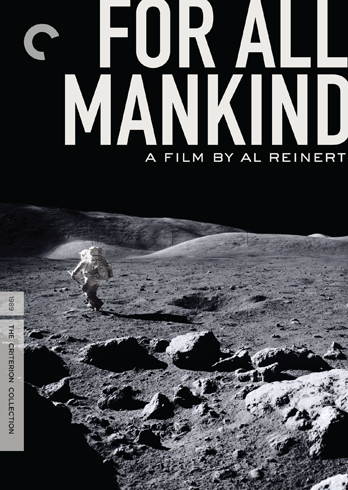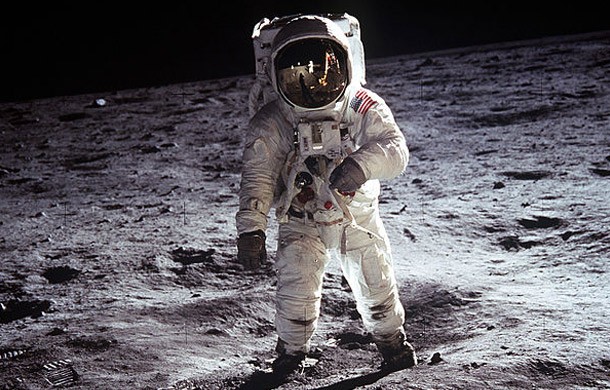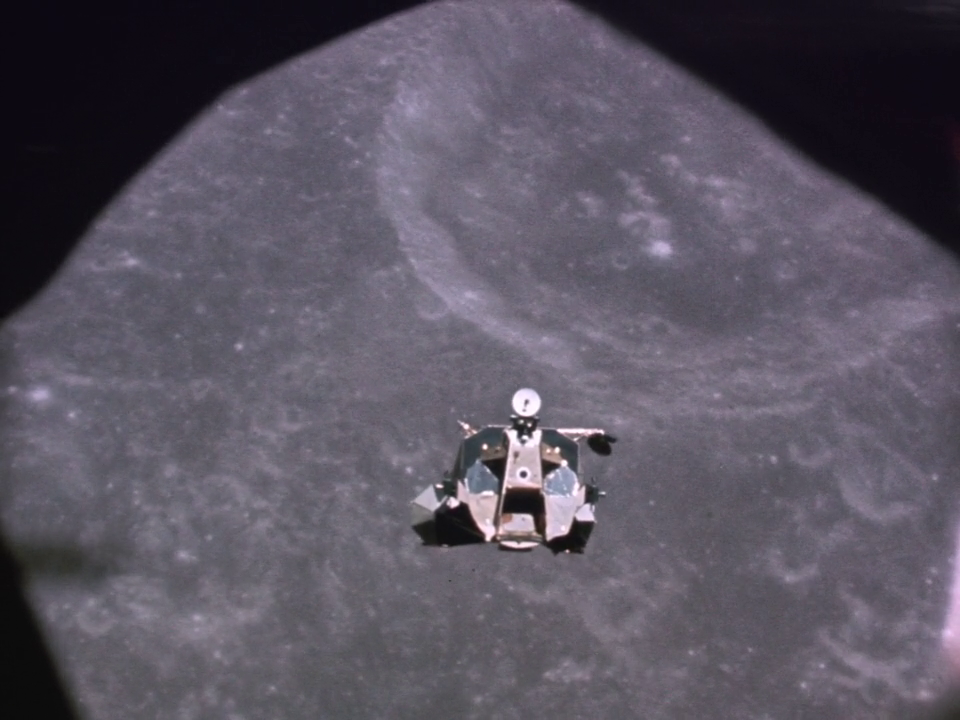
Filmed on location by the United States National Aeronautics and Space Administration.
I’ve had space exploration very much on the brain over the past few weeks, so it should come as no surprise that I recently made room for a space-themed film I’ve been meaning to watch for ages: For All Mankind, which is currently streaming on HULU PLUS. And AMAZON INSTANT($) and ITUNES($$$).
It’s amazing. If you haven’t seen it yet, please watch it as soon as possible. You’ll literally see things you’ve never seen before; mind-blowing things. (And if you have seen it, WHY DIDN’T ANYONE TELL ME TO JUST HURRY UP AND WATCH IT ALREADY??? I feel betrayed by everyone and everything.)
The story of the twenty-four men who traveled to the moon, told in their words, in their voices, using the images of their experiences.
Yes, I agree. The Eno score is a bit much. (By which I actually mean “a bit not enough.”) But don’t let that slow you down as you race to watch this.
A few things that jumped out at me. First, the creative decision to use the astronauts words alone rather than going the “talking heads” route is a brilliant one. Sure, we get to hear their reactions to the things we’re seeing. But the fact that we don’t see their “now” faces brings a timelessness to it, somehow. Or if not quite a timelessness, at least the feeling that what we’re watching is happening, rather than that it’s happened. (There’s a wonderful Behind-the-Scenes number called “An Accidental Gift: The Making of For All Mankind.” Watch that, too. Afterwards.)
Second, I was a bit surprised (pleasantly surprised) by the guys’ humor. Sure, they were undertaking a mission of incredible gravity and danger. But at the same time, they were doing something so fantastical and wonder-filled, it’d be a shame to have it buried under mountains of facts and figures, sterile scientific observations and technical details. Glad to know they had fun along their absurdly-audacious way…
…leading me to my third thought: How did this stuff EVEN HAPPEN? As I watched this film (with my jaw pretty much on my lap), all I could think about was “This is impossible. And crazy. And done 45+ years ago. FOURTY-FIVE! I have USB memory sticks with more processing power than the navigation computers they used!”
If you have a basket ball and a baseball 14 feet apart, where the baseball represents the moon and the basketball represents the Earth, and you take a piece of paper sideways, the thinness of the paper would be the corridor you have to hit when you come back.
…which sort of makes me wonder my (slightly sad) fourth thought: What could we do now, if we wanted to? And why did this all seem to go away? How’d we lose this drive? Was it simply because we wanted to beat the Russians? Because we needed to be first? There’s too much amazing out there to stop, isn’t there? A few final thoughts, courtesy of the film’s director, Al Reinert. The first is from his “For All Mankind: A Trip to the Moon” essay that he wrote in conjunction with the (ever-wonderful) Criterion Collection’s release:
For All Mankind is the firsthand story of a great mythic adventure. Touching the Moon was by definition a work of inspired imagination and high art, and scarcely requires further embellishment. It speaks for itself more eloquently than it can ever be interpreted: an age-old dream that at long last was fulfilled. The movie is a testament to the power of primitive vision and the strength of human will.
But I think it was this phrase from his “Backyard Wonders” essay that really captures the essence of the film’s power:
By the time Armstrong made his entrance, I was completely dislocated. On the TV, he climbed down the ladder to the same bright lunar surface that illuminated the yard where I stood, lost in the moment. It was utterly surreal to me, and awakened wonderment.
 Attribution(s): Poster, publicity images, and movie stills are the property of The Criterion Collection and other respective production studios and distributors, and are intended for editorial use only.
Attribution(s): Poster, publicity images, and movie stills are the property of The Criterion Collection and other respective production studios and distributors, and are intended for editorial use only.













